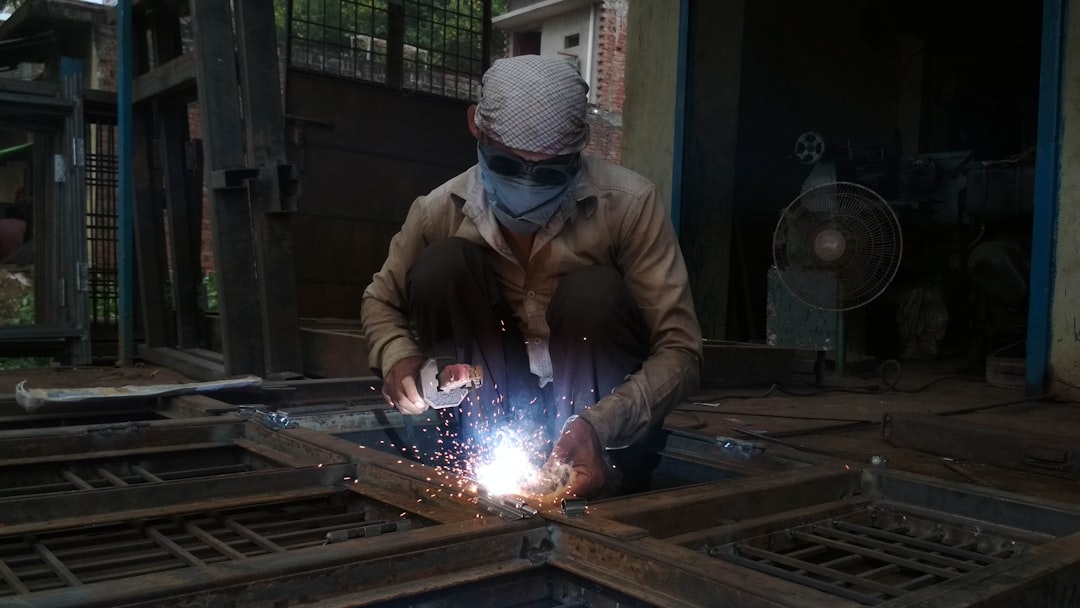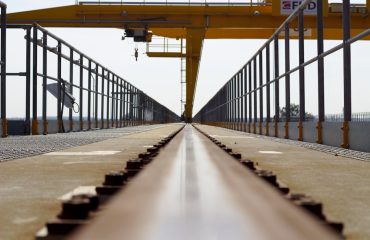Understanding the OEM Steel Component Landscape
Original Equipment Manufacturers (OEMs) rely heavily on high-quality steel components for a vast array of products, from automobiles and construction equipment to appliances and medical devices. The production of these components is a complex process, demanding precision, efficiency, and adherence to stringent quality standards. This intricate supply chain involves numerous steps, from initial material sourcing and design to manufacturing, quality control, and final delivery. The success of an OEM often hinges on the reliability and performance of these steel components, making this sector critically important to global manufacturing.
The demand for OEM steel components is driven by various factors, including technological advancements, increasing industrialization in developing economies, and the ongoing need for durable and reliable parts across diverse industries. Understanding the nuances of this landscape is crucial for both manufacturers and the OEMs they serve.
The Steel Selection Process: Material Matters
The choice of steel grade is paramount in OEM steel component production. The properties required vary significantly depending on the application. For instance, automotive parts might require high tensile strength and impact resistance, while components for medical devices necessitate biocompatibility and corrosion resistance. Common steel grades used include low-carbon steel, medium-carbon steel, high-carbon steel, alloy steels, and stainless steels. Each grade possesses a unique combination of properties, making the selection process a critical engineering decision.
Factors influencing steel selection include: the intended application’s stress levels, required durability, desired weight, cost considerations, and environmental conditions the component will endure. Advanced techniques like Finite Element Analysis (FEA) are frequently employed to simulate the performance of different steel grades under various operating conditions, ensuring optimal material selection for each specific component.
Manufacturing Processes: From Raw Material to Finished Product
The manufacturing process for OEM steel components is highly diverse, employing a range of techniques tailored to the specific design and required tolerances. Common methods include forging, casting, rolling, machining, and stamping. Forging involves shaping heated metal using pressure, resulting in high strength and durability. Casting involves pouring molten metal into a mold, suitable for complex shapes. Rolling produces flat sheets or bars of steel, often used as a precursor to other processes. Machining uses subtractive methods to remove material and achieve precise dimensions. Stamping involves pressing metal into a desired shape using a die.
The selection of the manufacturing process is determined by factors such as the component’s geometry, required tolerances, production volume, and cost-effectiveness. Often, a combination of processes is employed to achieve the desired outcome. For example, a forged component might undergo subsequent machining to refine its dimensions and surface finish.
Quality Control and Assurance: Ensuring Excellence
Maintaining stringent quality control throughout the OEM steel component production process is paramount. This involves rigorous testing and inspection at every stage, from raw material inspection to finished product verification. Common quality control measures include dimensional checks, hardness testing, tensile testing, impact testing, chemical analysis, and non-destructive testing (NDT) techniques such as ultrasonic testing and magnetic particle inspection. These methods ensure that components meet the specified requirements and are free from defects.
Implementing a robust quality management system, such as ISO 9001, is crucial for maintaining consistent quality and meeting customer expectations. This system involves documenting procedures, tracking processes, and continuously improving performance. Traceability is also essential, allowing for the identification and tracking of components throughout the entire production chain, enabling prompt identification and resolution of any quality issues.
The Future of OEM Steel Component Production: Innovation and Sustainability
The OEM steel component production industry is constantly evolving, driven by the need for improved efficiency, sustainability, and enhanced performance. Innovations such as additive manufacturing (3D printing) are gaining traction, offering the potential to produce complex shapes with minimal material waste. Advanced materials, such as high-strength low-alloy (HSLA) steels and advanced high-strength steels (AHSS), are being developed to enhance component performance and reduce weight. Furthermore, there’s a growing focus on sustainable practices, including reducing energy consumption, minimizing waste, and utilizing recycled steel.
The integration of Industry 4.0 technologies, such as automation, robotics, and data analytics, is transforming the production process, leading to increased efficiency, improved quality control, and reduced production costs. The future of OEM steel component production lies in embracing these advancements to deliver higher-quality components while minimizing environmental impact and maximizing efficiency.
Tags: OEM Steel Components, Steel Component Manufacturing, Steel Production, Quality Control in Manufacturing, Automotive Steel Parts




